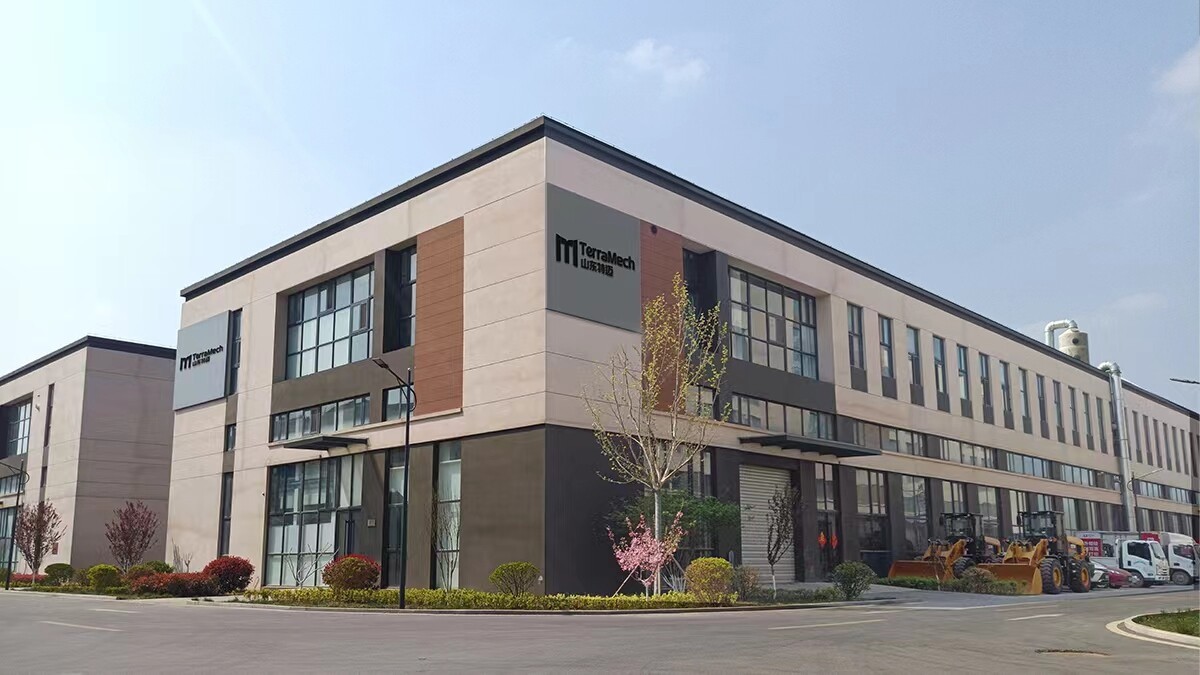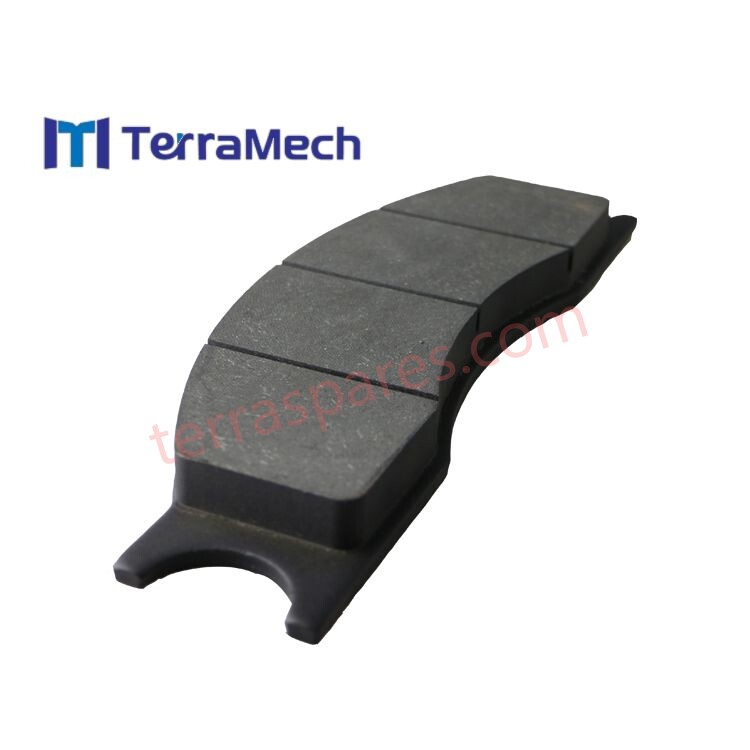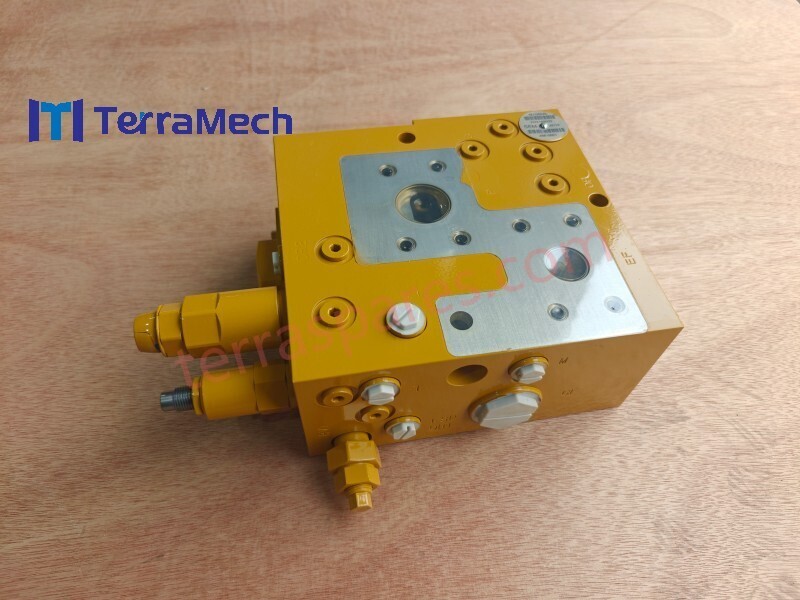Construction machinery plays a crucial role in the development of modern infrastructure. Over the past few decades, the evolution of construction machinery has been nothing short of remarkable, transforming the way buildings and infrastructure projects are carried out. This article explores the history, significance, and future prospects of construction machinery in shaping our built environment.
Historical Context
Historically, construction was a labor-intensive process that relied heavily on manual labor and simple tools. The introduction of steam-powered equipment in the 19th century marked the beginning of mechanization in the construction industry. Since then, advancements in technology have led to the development of increasingly sophisticated machines such as bulldozers, excavators, cranes, and concrete mixers, which have revolutionized construction practices.
Technological Advancements
Modern construction machinery is equipped with cutting-edge technologies that enhance efficiency, precision, and safety. For instance, GPS-guided bulldozers can perform grading tasks with unparalleled accuracy, reducing the need for rework and minimizing material waste. Autonomous vehicles and drones are being integrated into construction sites to monitor progress, inspect structures, and transport materials, thereby improving productivity and reducing human error.
Environmental Considerations
As environmental concerns become more pressing, the construction industry is also moving towards greener solutions. Electric and hybrid-powered machines are becoming more common, offering lower emissions and reduced noise pollution. Additionally, innovations in recycling and repurposing materials have made it possible to construct buildings with minimal environmental impact. Sustainable construction practices are not only beneficial for the planet but also contribute to cost savings and improved public perception.
Future Prospects
Looking ahead, the future of construction machinery lies in automation and robotics. Artificial intelligence (AI) and machine learning algorithms will enable machines to learn from data, adapt to changing conditions, and optimize performance in real-time. Moreover, collaborative robots (cobots) will work alongside human workers, enhancing their capabilities and ensuring safer working environments. The integration of Building Information Modeling (BIM) systems with construction machinery will further streamline project management and coordination.In conclusion, the evolution of construction machinery has significantly impacted the construction industry, driving innovation and efficiency. As we move forward, it is essential to continue embracing new technologies while prioritizing sustainability and safety. By doing so, we can build a better, more resilient infrastructure for future generations.






